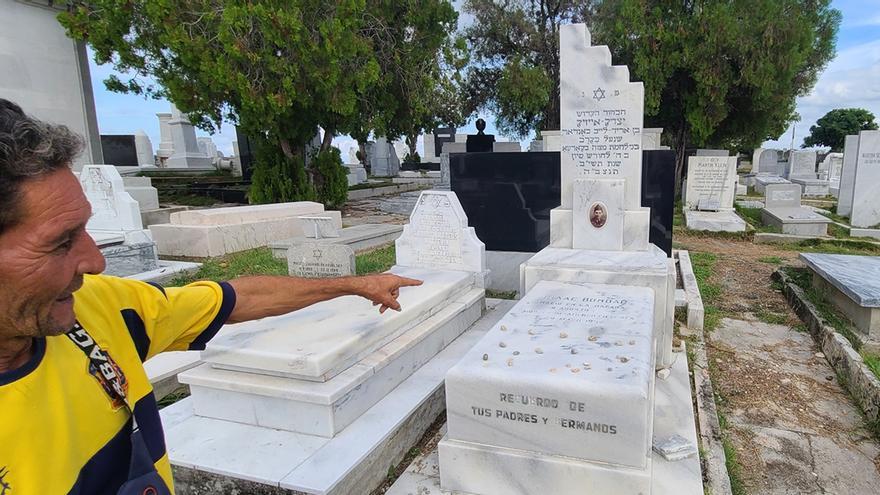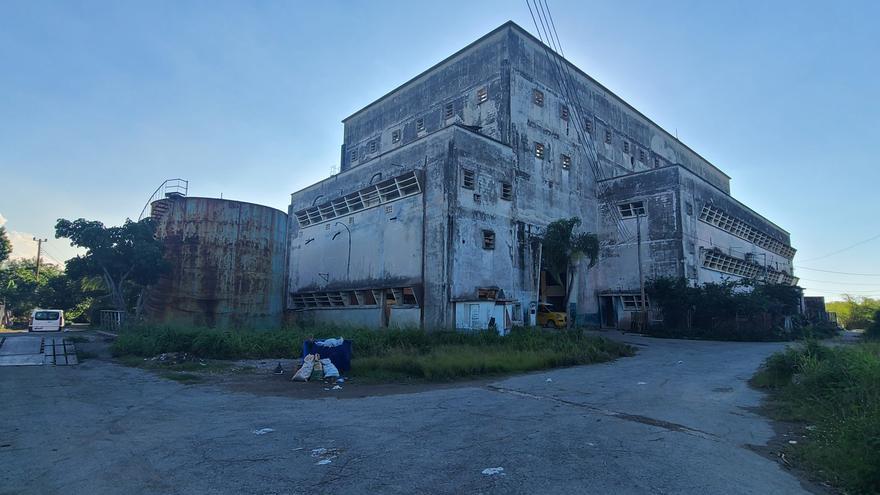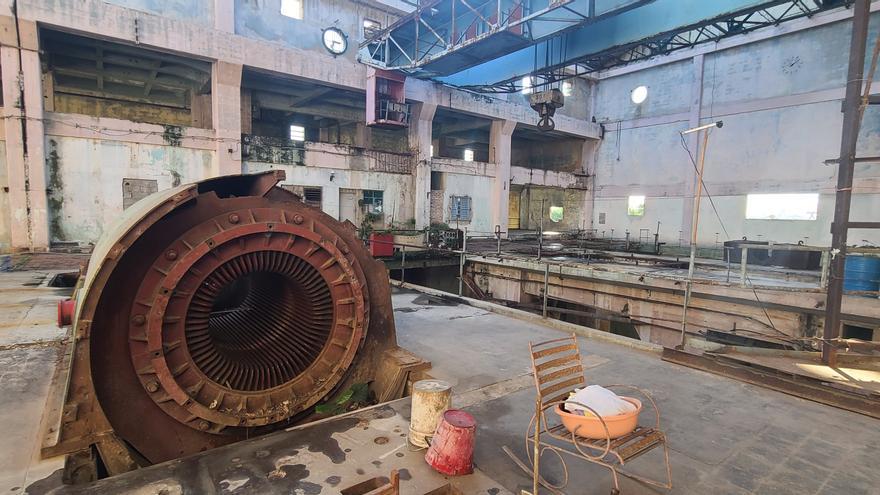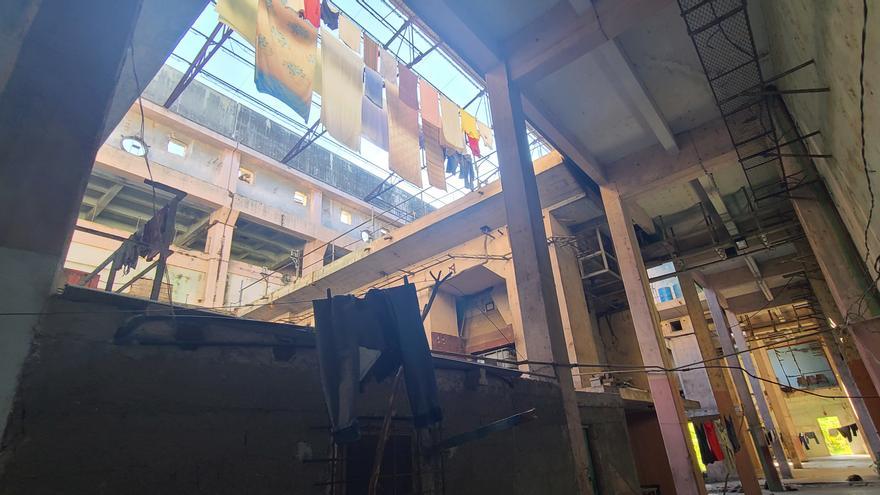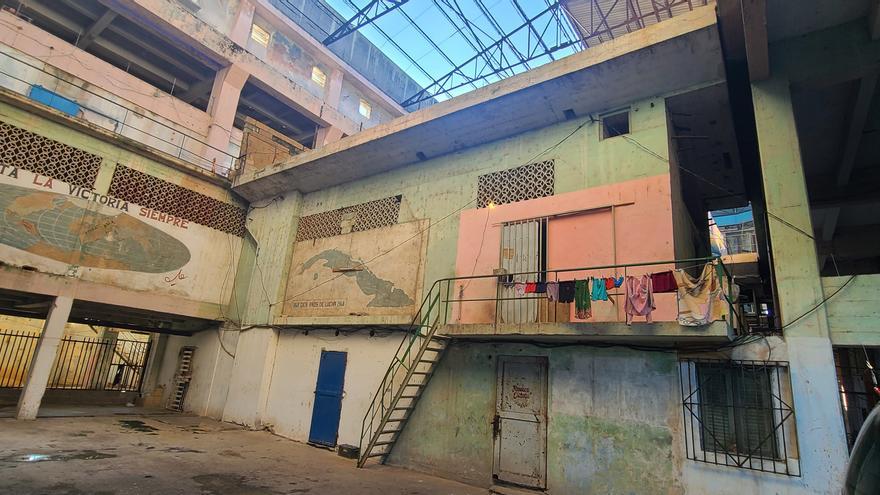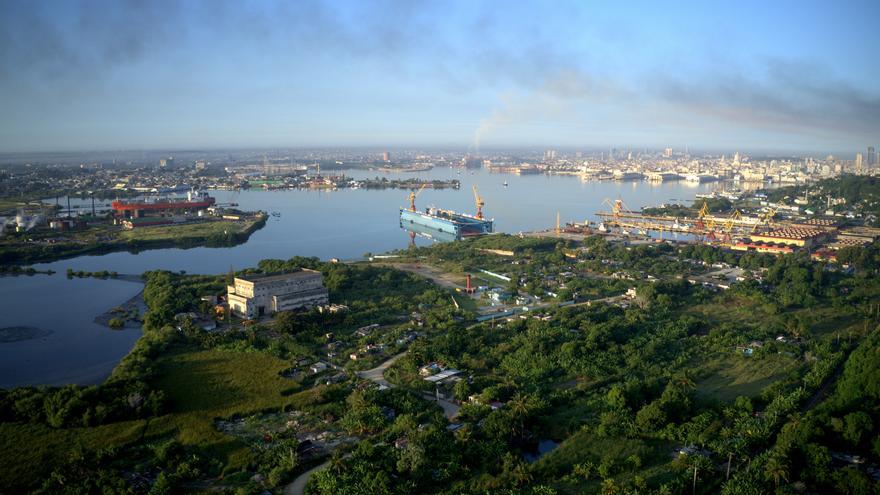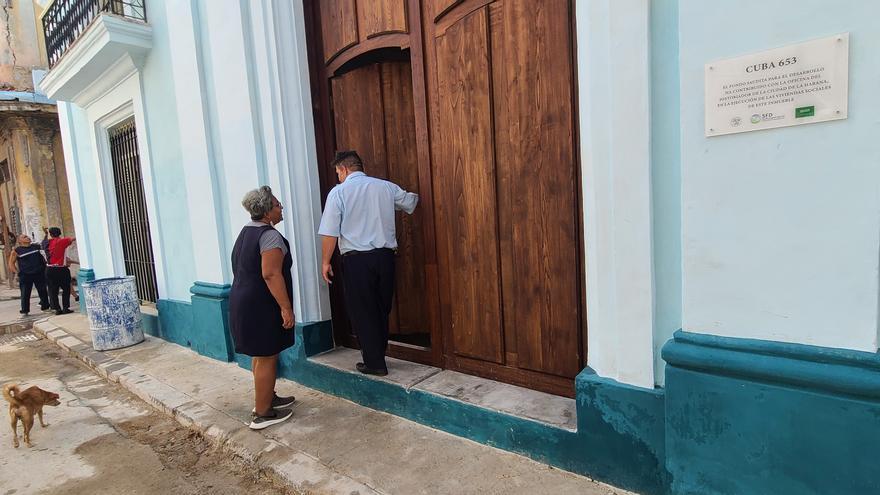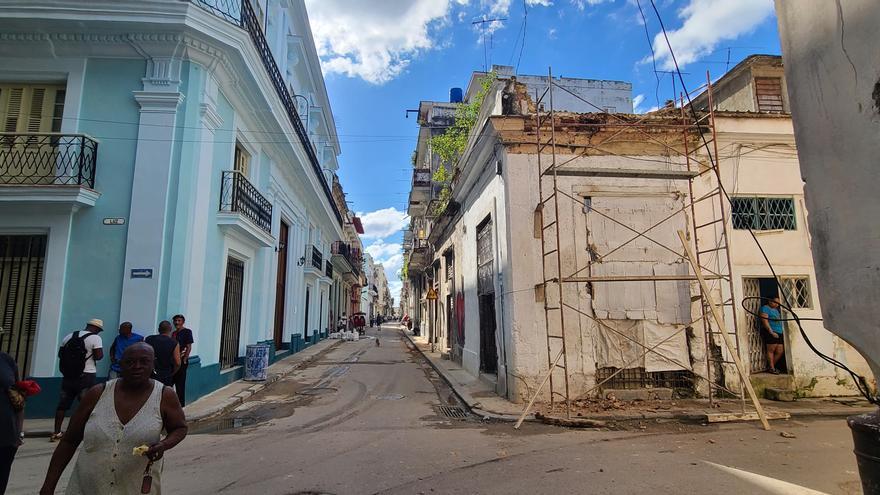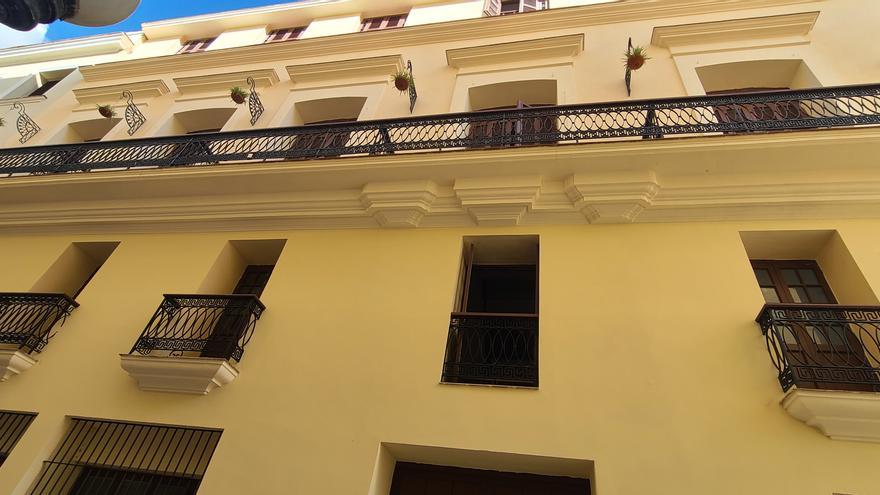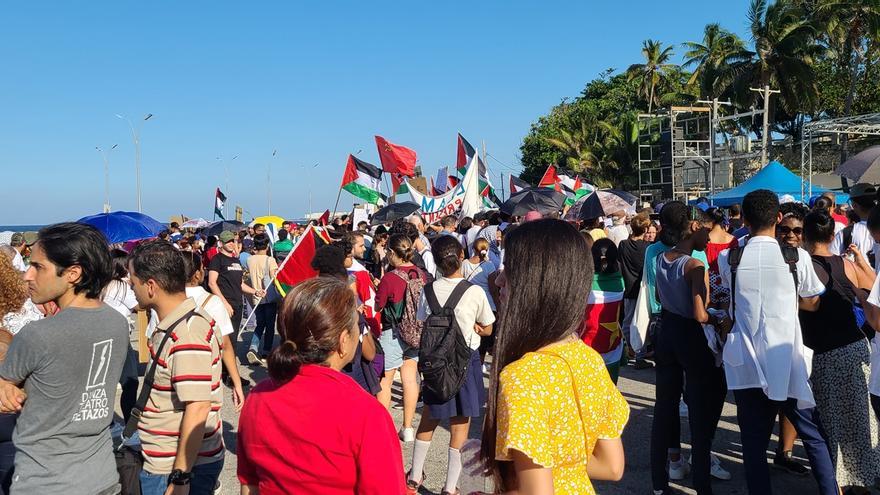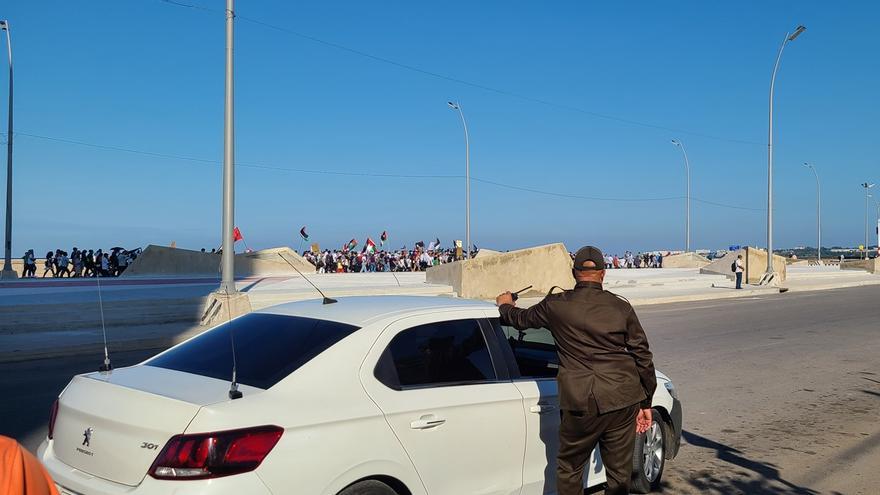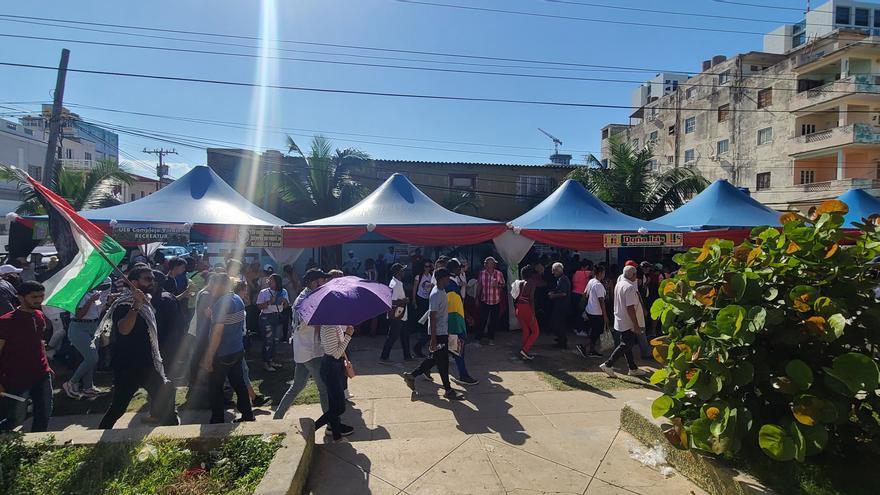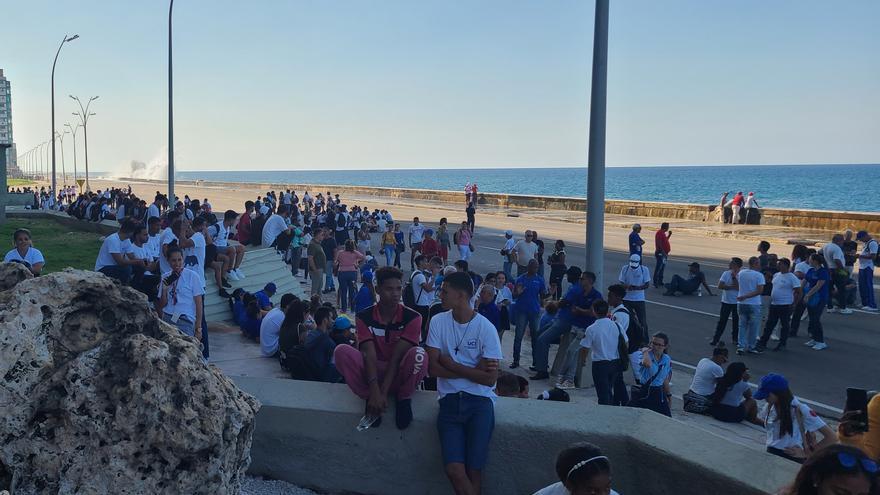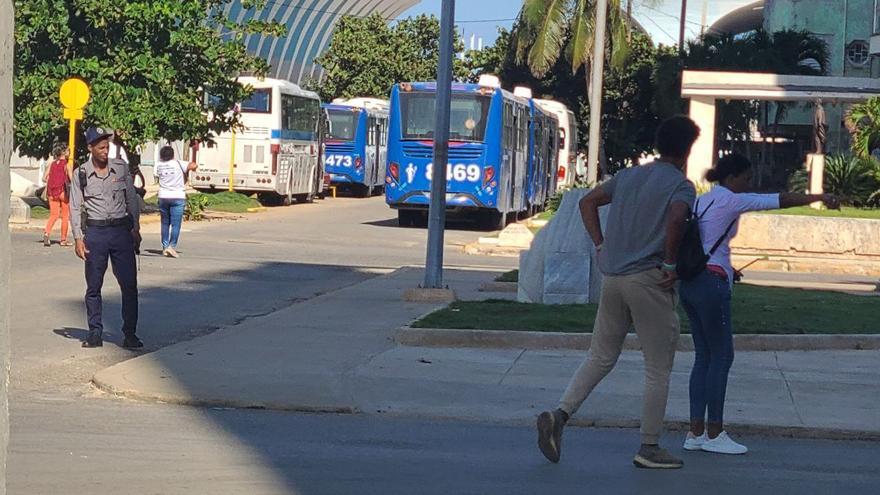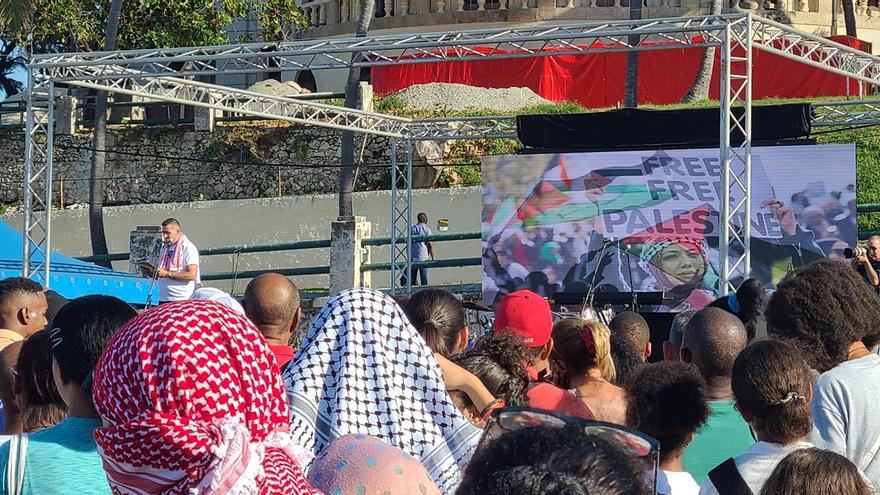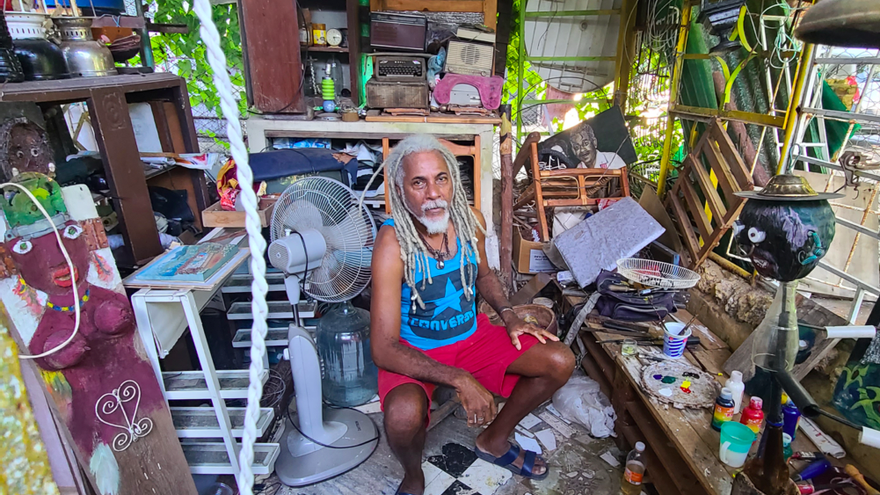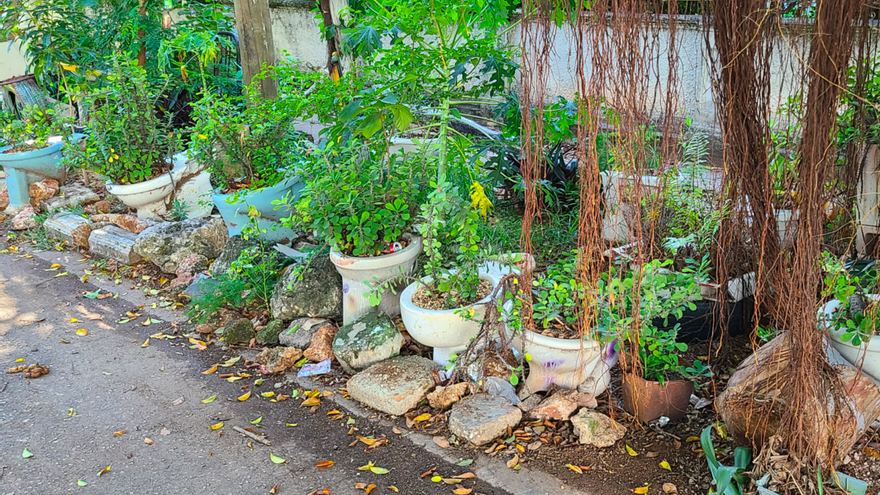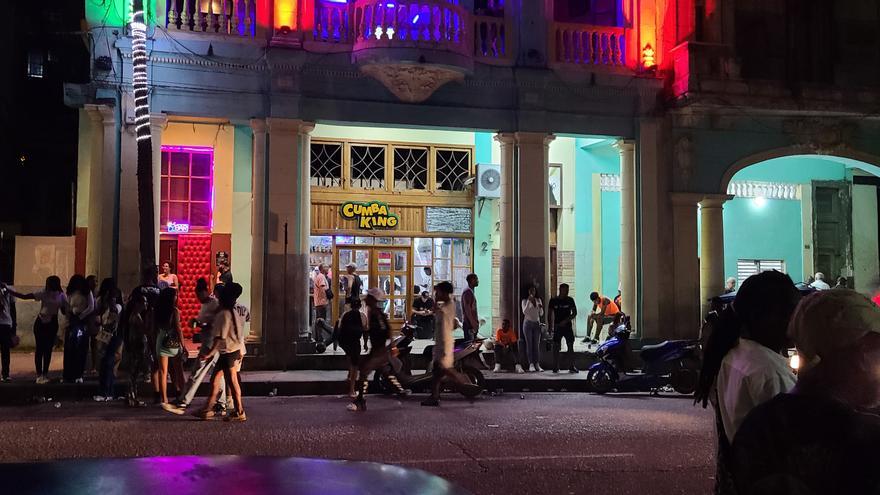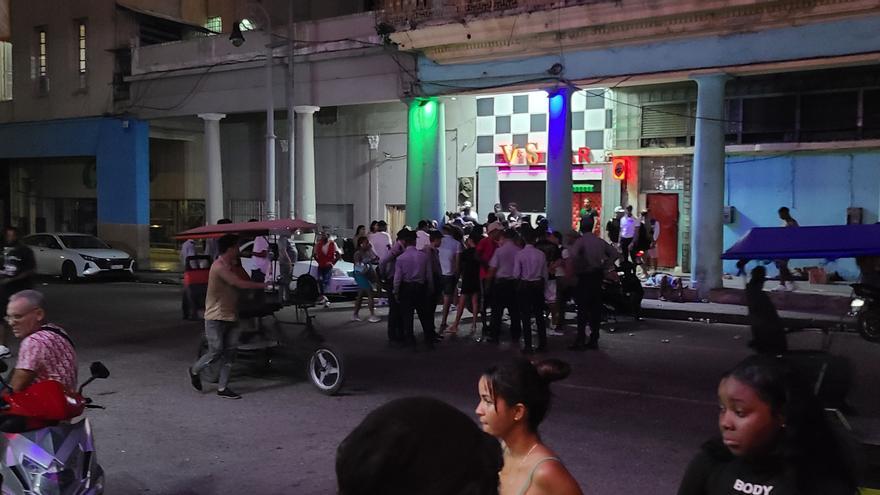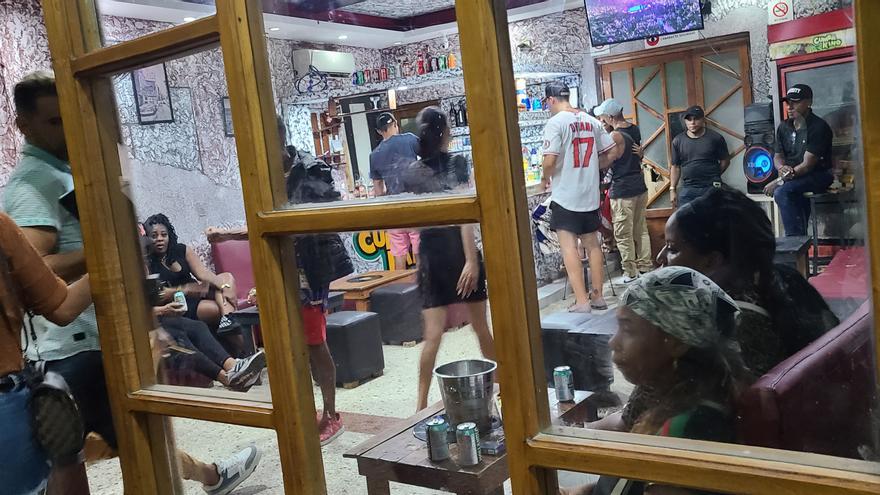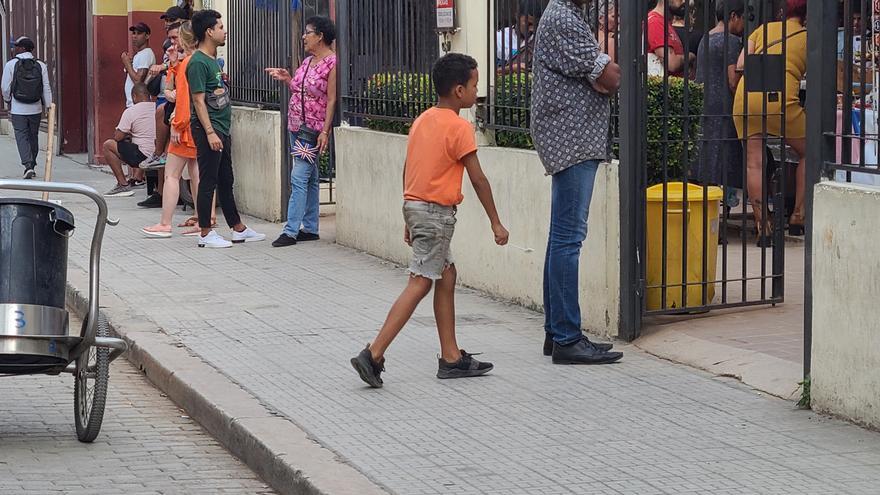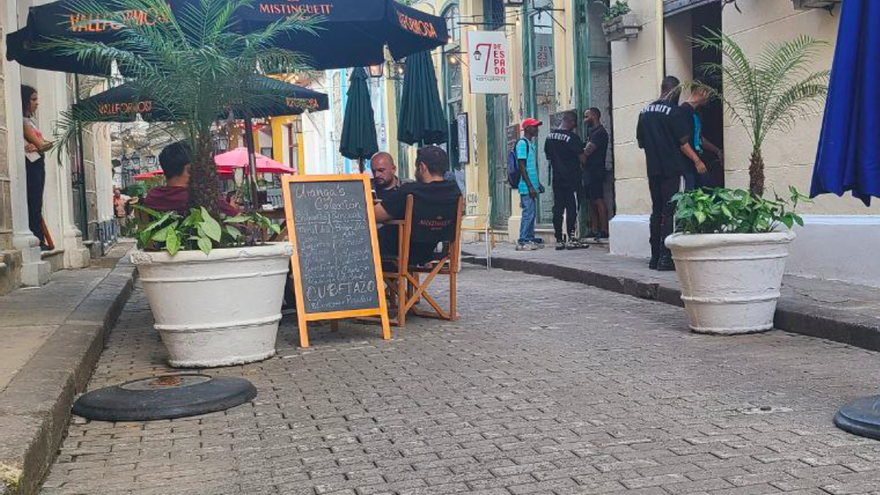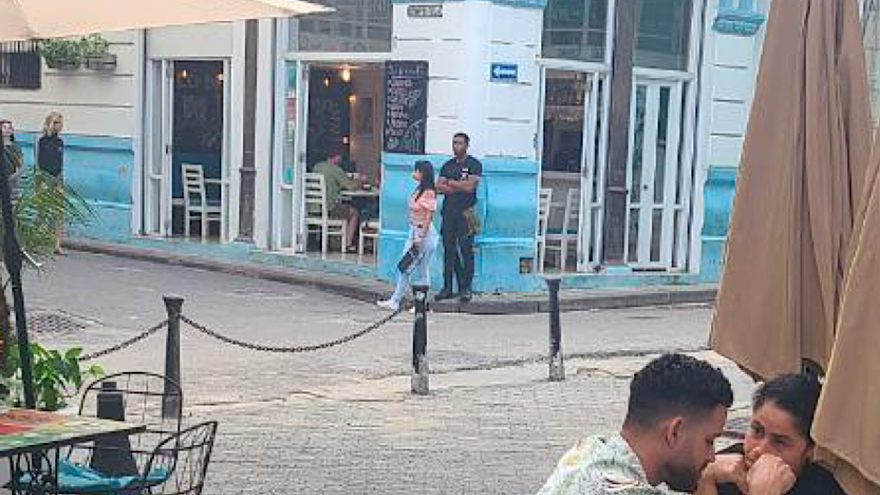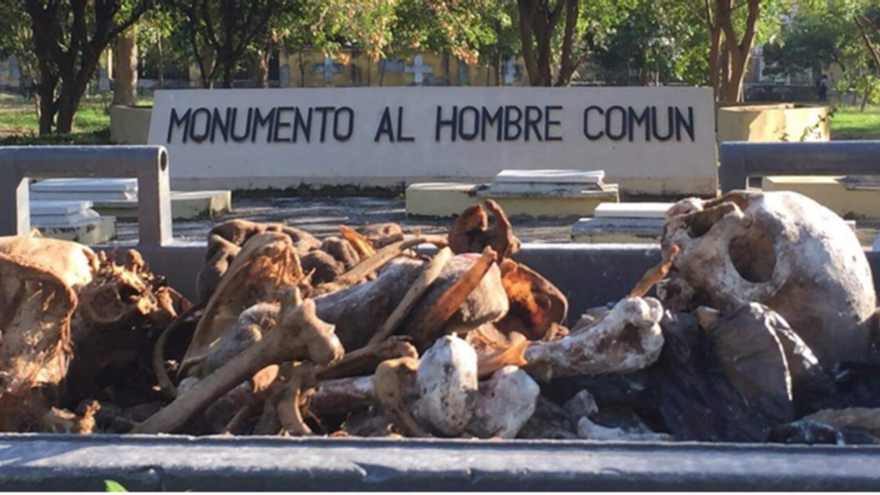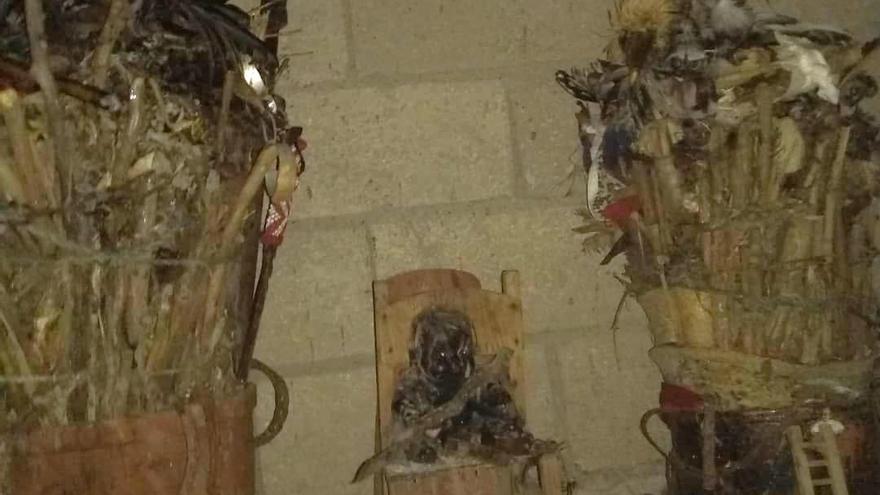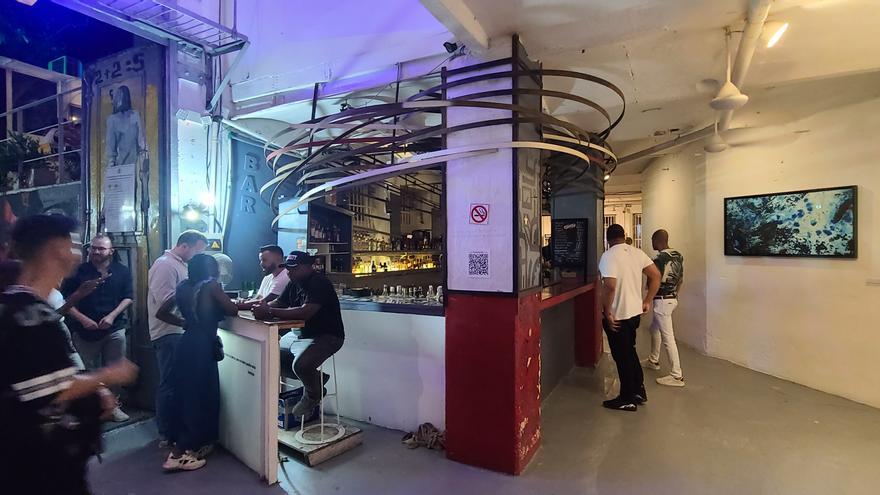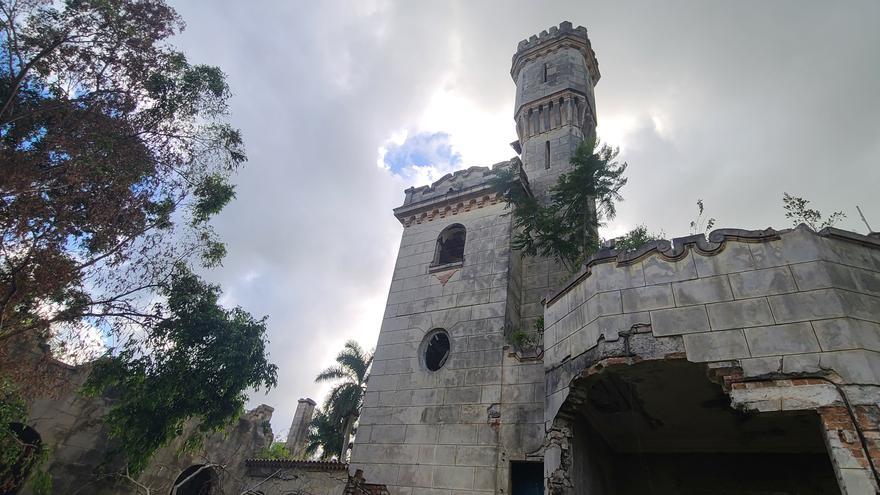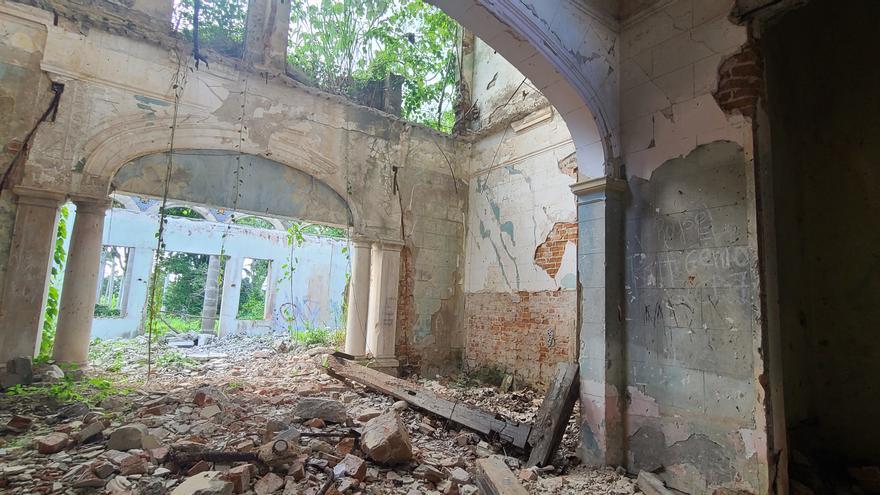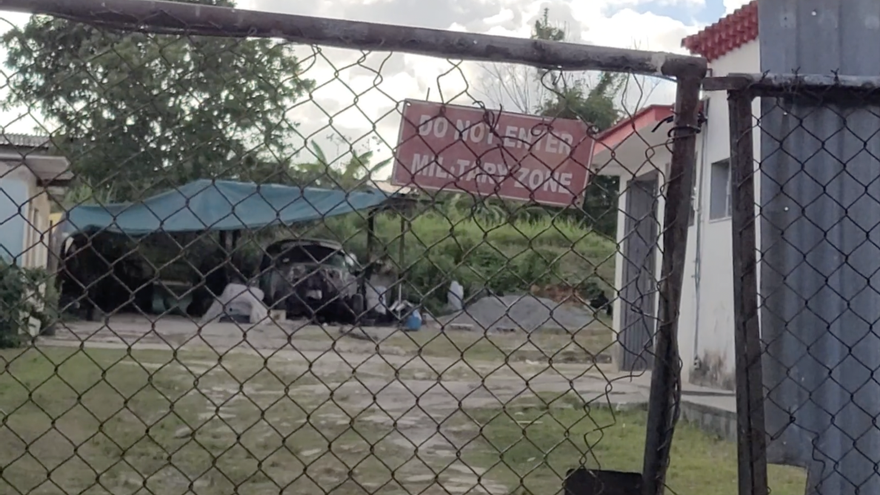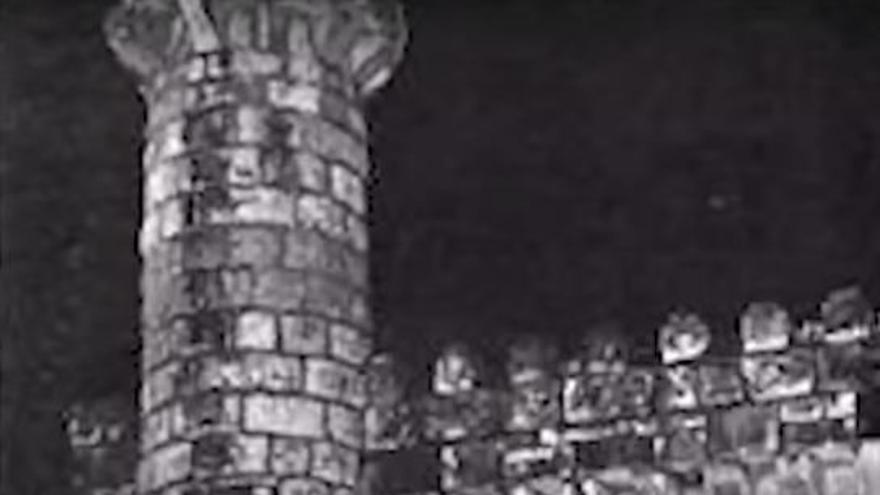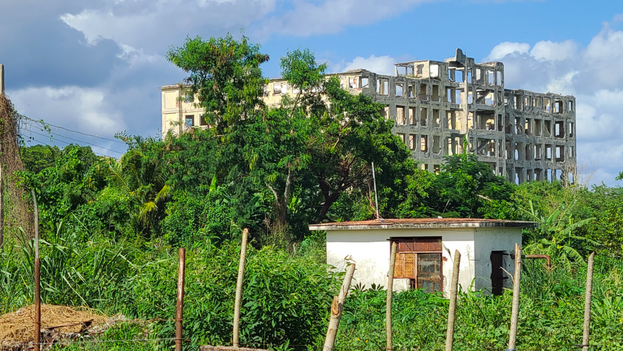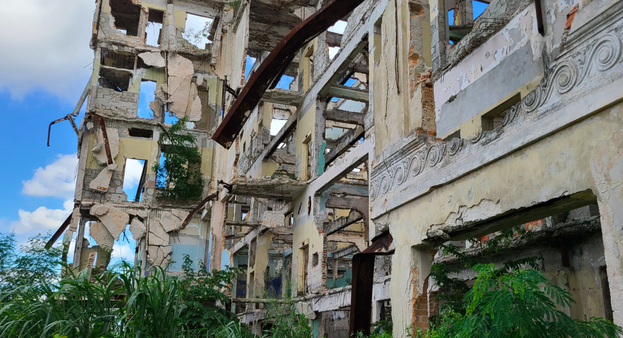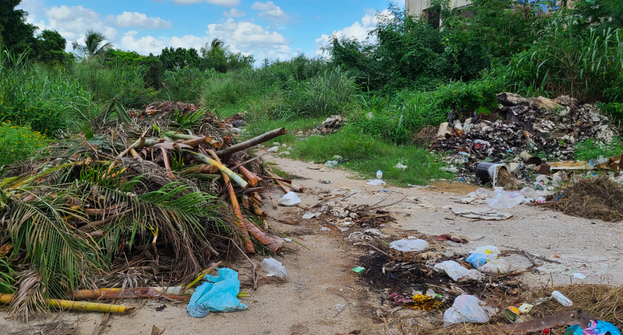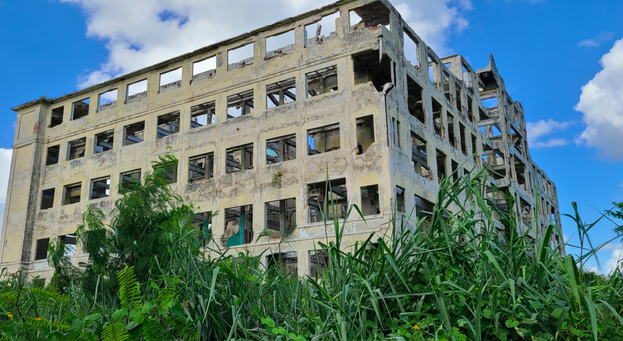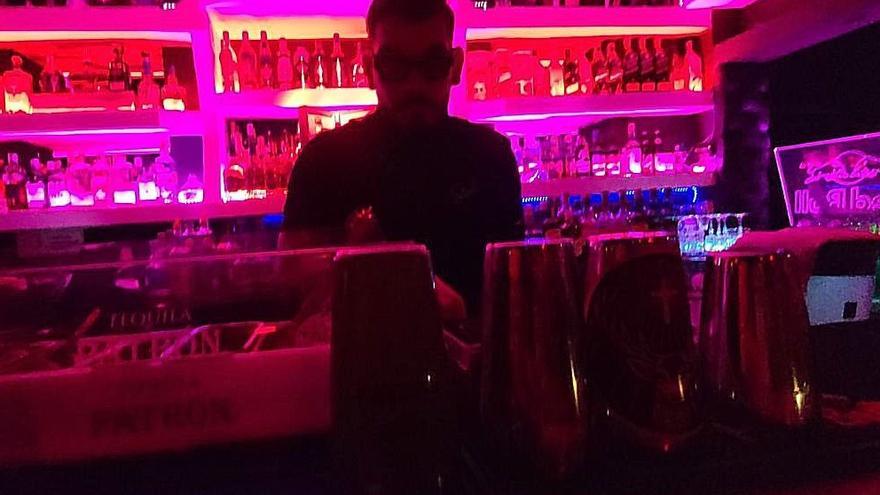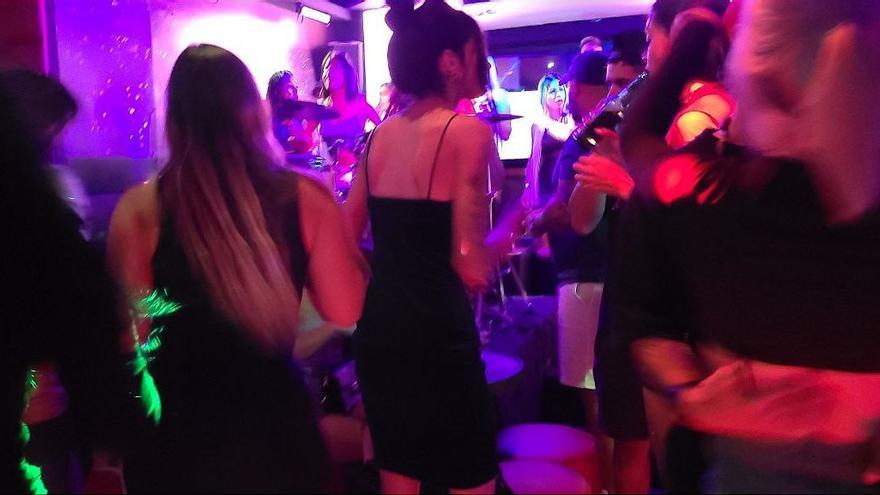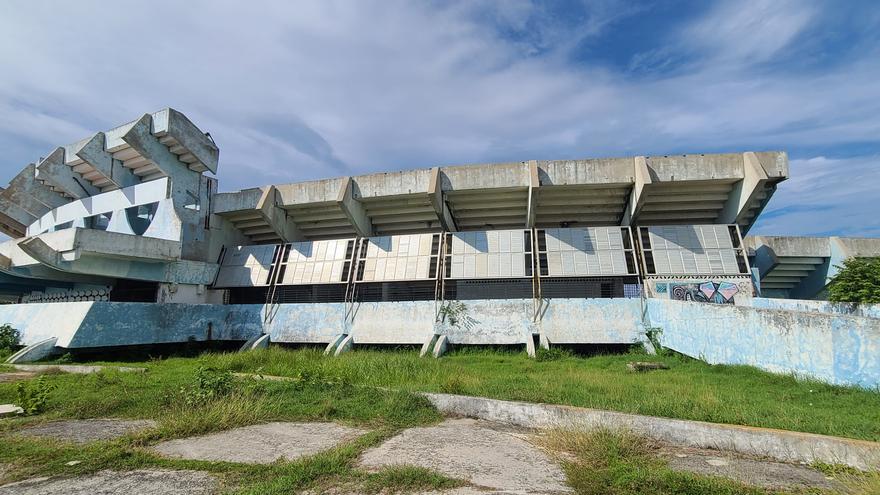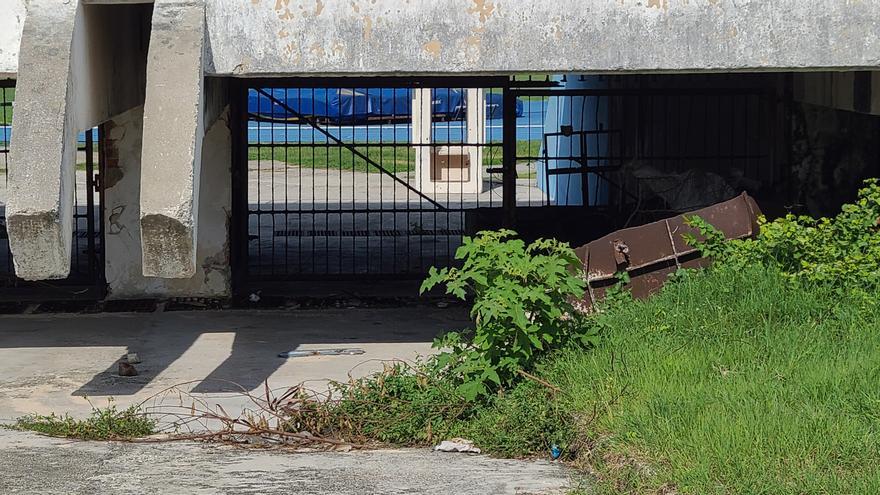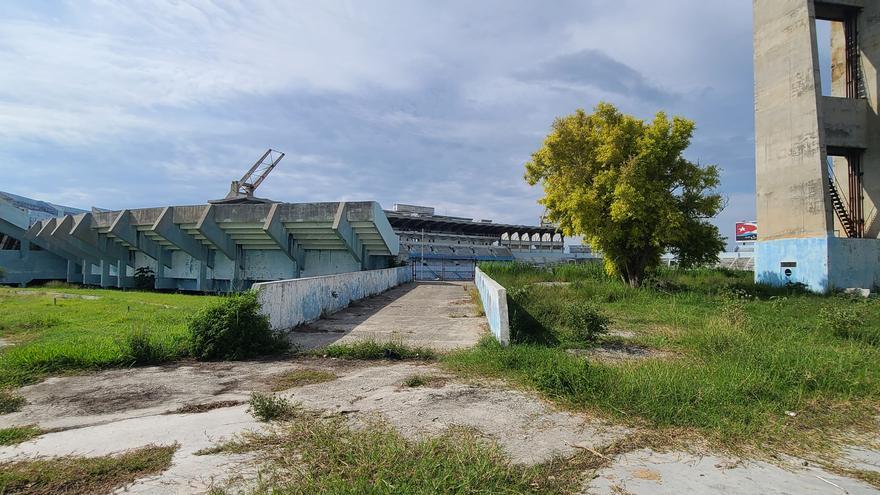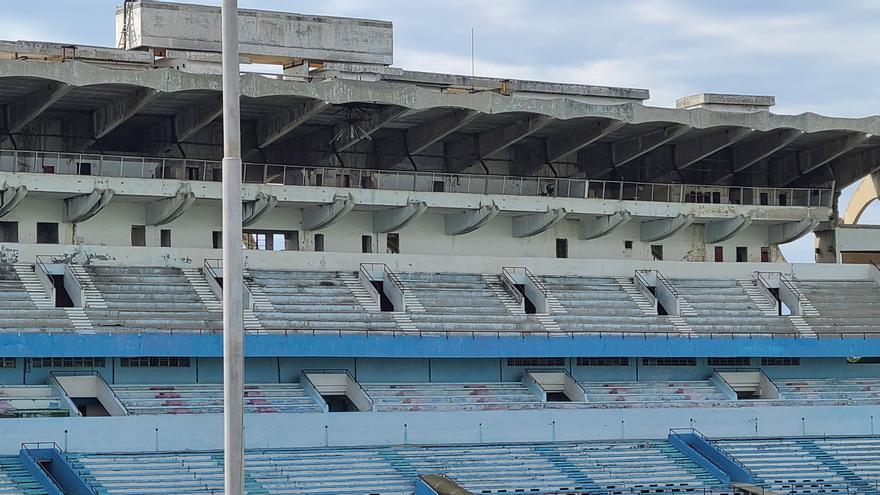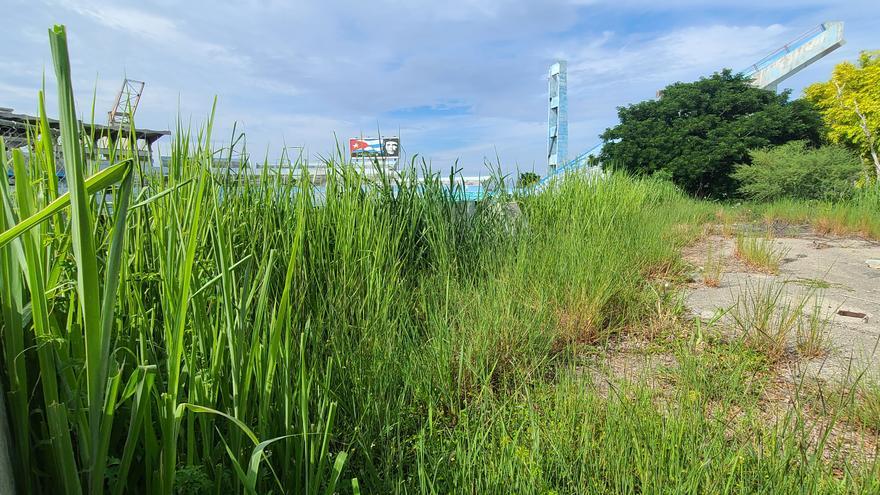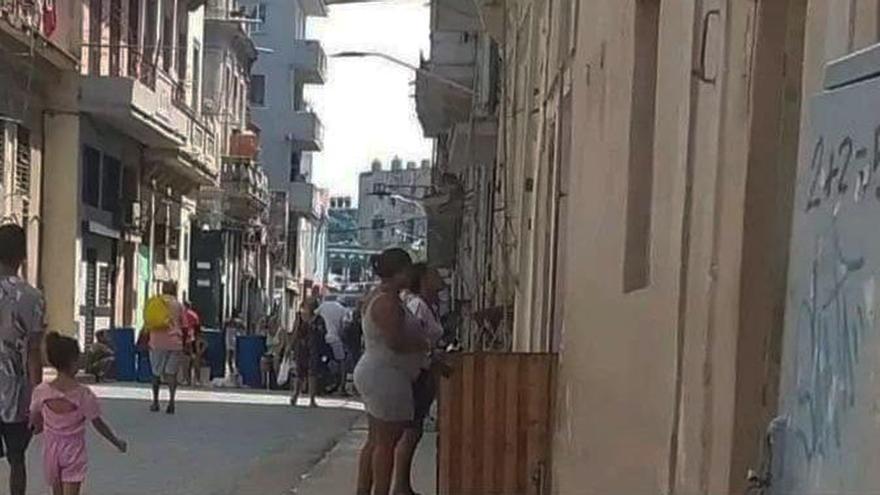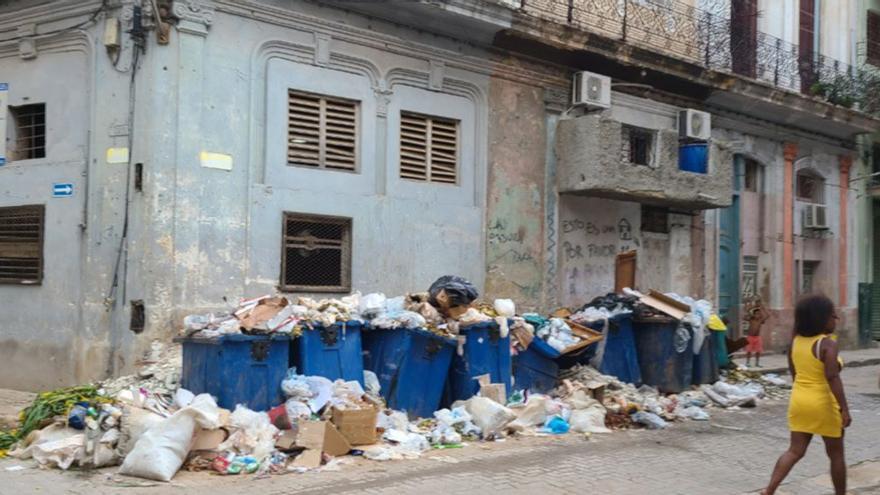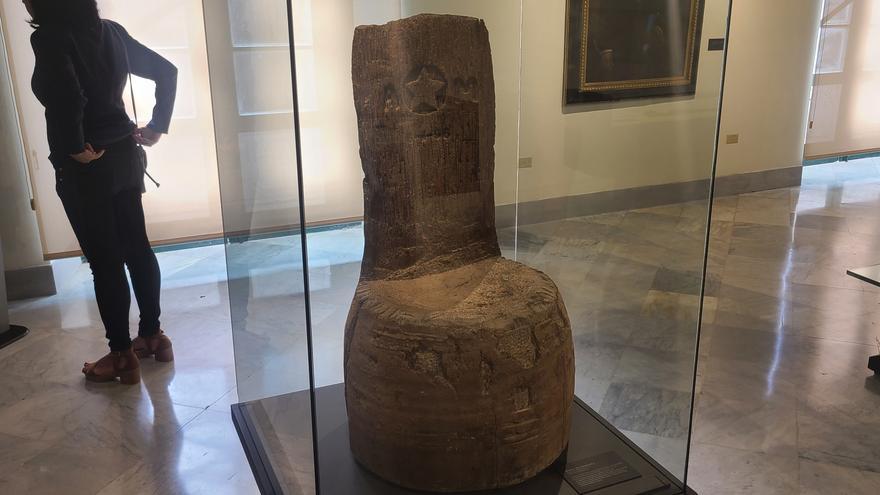
![]() 14ymedio, Nelson García, Havana, 9 December 2023 – If the mayor of Palma de Mallorca wants to get Antonio Maceo’s chair back he’ll certainly know where to find it. The Captain Generals’ Palace in Old Havana has opened an exhibition of objects connected to this commander of the independence movement, which includes the trunk of a palm tree made into a chair. This piece of furniture, expropriated by one Valeriano Weyler after Maceo’s death, actually belongs to the local council of the Balearic island, which loaned it to Cuba in 2018 and is now demanding it back.
14ymedio, Nelson García, Havana, 9 December 2023 – If the mayor of Palma de Mallorca wants to get Antonio Maceo’s chair back he’ll certainly know where to find it. The Captain Generals’ Palace in Old Havana has opened an exhibition of objects connected to this commander of the independence movement, which includes the trunk of a palm tree made into a chair. This piece of furniture, expropriated by one Valeriano Weyler after Maceo’s death, actually belongs to the local council of the Balearic island, which loaned it to Cuba in 2018 and is now demanding it back.
The expiry date of the loan – 16 November, which was extended on more than one occasion at the request of the late official Havana Historian Eusabio Leal – was the subject of a meeting between the mayor of Mallorca, Jaime Martínez, and Alejandro Castro Medina, the Cuban consul in Barcelona. The request to return the chair to Palma fell on deaf ears and Havana confirmed this with the Antonio Maceo exhibition – along with other campaigns and arguments – organised by the Historian’s Office and open to the public from 7 December for the anniversary of the leader’s death.
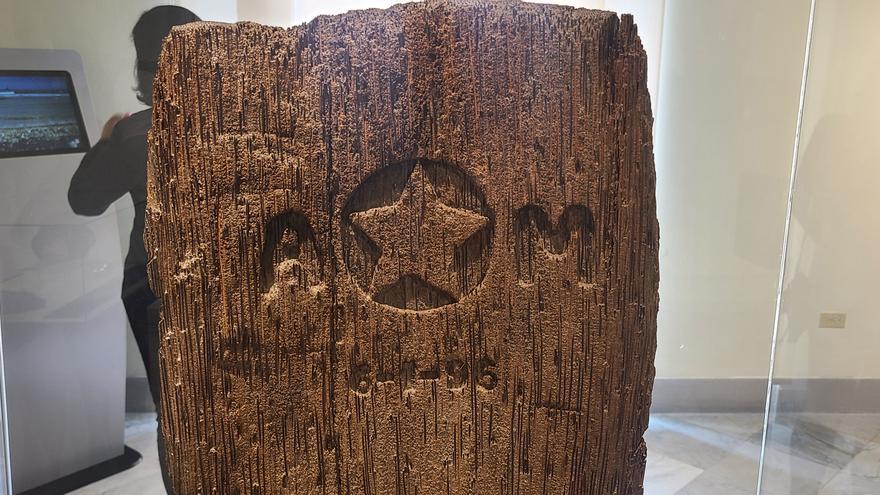
The exhibition revolves around the chair but there are other objects, either used by the major general or otherwise connected to him, such as the well known oil painting, The Death of Maceo, by Armando Menocal, which depicts – but not without many historical inaccuracies – his fall at Punta Brava on 7 December 1896.
Another well known painting, by Aurelio Melero, of a besuited Maceo, also forms part of the exhibition, as well as a good luck charm relic – a piece of a shirt – “authenticated” by the ex president of Cuba, Salvador Cisneros Betancourt.
Behind glass screens one can also view the leader’s riding saddle, his German ’Fernando Esser’ machete – replicas of which the regime entrusts to dignitaries of the island – a Winchester rifle from 1873, a Smith & Wesson 44 calibre revolver, a watch, a wallet, a sword, shoes and other personal effects.
In September, when the Mallorcan Martínez met with the Cuban Castro Medina, this newspaper established that the chair wouldn’t be exhibited to the public, as the second floor of the Captain Generals’ Palace was under repair. The restructuring of the building has not been completed, but a small room on the ground floor has been air conditioned to house the object. continue reading
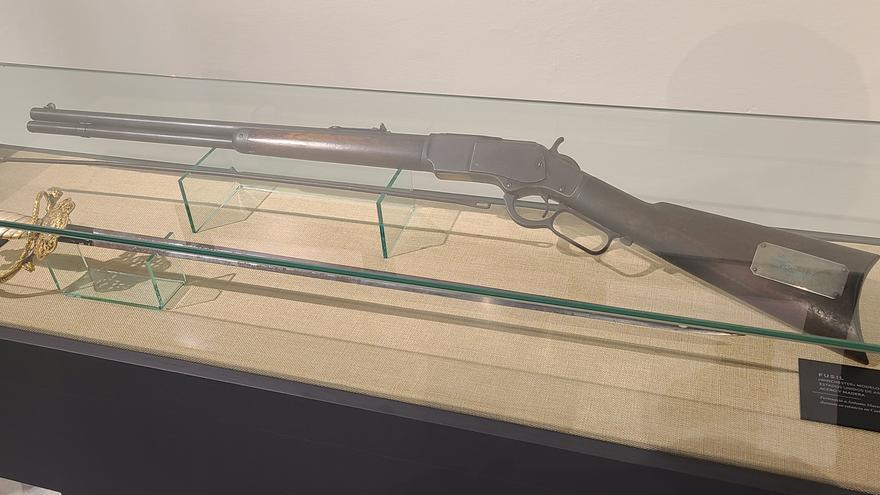
Maceo’s chair arrived in Cuba as part of Spanish president Pedro Sánchez’s luggage when he visited Havana in 2018. Eusabio Leal said at the time that the chair was of significant importance to Cuba. The Weyler family had donated it to the Palma de Mallorca council in 1931, and it remained on exhibition until negotiations for its loan to the island bore fruit.
The Spanish press gave assurance, before the polemic about the return of the object, that Havana was exhibiting it in “a special room”, as it was a “treasure of incalculable value for strengthening the revolutionary message which still prevails in the post-Castro era”.
The Historian’s Office itself gave assurances that it would quickly build a room for what Leal described, just a few days before he died, as “an important part of the soul of our country”. And in doing so, it sent – through the very mounting of the exhibition – a clear message to Madrid: the chair is staying in Cuba.
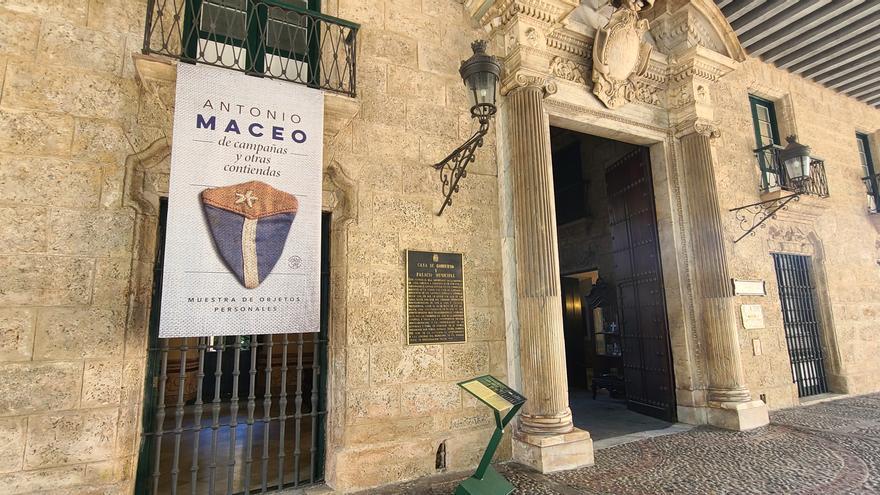
Translated by Ricardo Recluso
____________
COLLABORATE WITH OUR WORK: The 14ymedio team is committed to practicing serious journalism that reflects Cuba’s reality in all its depth. Thank you for joining us on this long journey. We invite you to continue supporting us by becoming a member of 14ymedio now. Together we can continue transforming journalism in Cuba.

